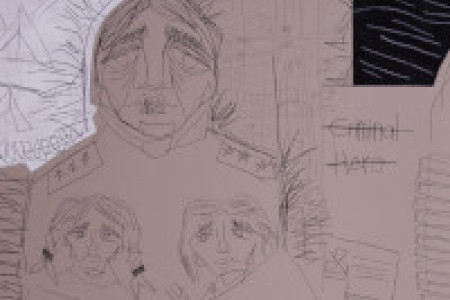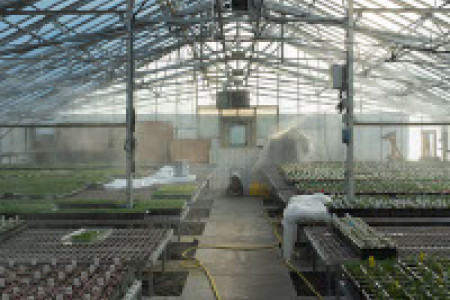A fair share
Winnipeg behind the curve in accommodating First Nations autonomy within city limits
Winnipeg’s changing cityscape over the next couple of years will involve the conversion of certain areas of city land to reserve status. The creation of urban reserves, or Aboriginal economic zones, is a process fraught with difficulties due to many factors, but according to Southern Chief’s Organization Grand Chief Terry Nelson, establishing more of them is just a matter of time.
“I’m very clear that we will create five more urban reserves within the next two years,” he says. “I know we’re going to do it, and we will create 2,000 jobs.”
Nelson notes that Winnipeg’s understanding is far behind, adding that gaining support from the urban community is difficult, “unless they get past the racism and the stereotypical vision that they have of First Nation people.”
To reduce the stigma and understand what an urban reserve actually looks like, Nelson points to successful examples in Westbank (near Kelowna, BC) and Saskatoon. The SCO put on a conference at the end of February involving various leaders from those First Nations as a means of raising awareness about how they operate and how they fit into the surrounding community.
“I would’ve liked some of the business people and the City of Winnipeg to have been more active in the urban reserve conference we [held] on February 26,” he says. “Had they had a chance to hear from [First Nation leaders from] Saskatchewan…they could’ve gotten rid of some of the myths.”
Much of the confusion surrounding the idea of urban reserves stems from a lack of understanding the context of their legal basis. The federal government itself clarifies its obligation and the claims process established during the 1990s in order to make good on the provisions agreed to in the treaties.
“Treaty Land Entitlement claims are intended to settle the land debt owed to those First Nations who did not receive all the land they were entitled to under historical treaties signed by the Crown and First Nations,” states the official explanation of Aboriginal Affairs and Northern Development Canada.
The numbered treaties in Manitoba were agreements contingent upon setting aside a certain number of acres, a land quantum based on each First Nation’s population at the time of the treaty signing.
“The urban reserves are just simply lands that are a fulfilling of the legal obligation,” Nelson says. “Had they fulfilled the obligation in 1871, which is 143 years ago, then they wouldn’t have this problem.”
First Nations that are still owed land and have the right to TLE claims still have to negotiate with the other levels of government and third-party interests before they can have land converted to reserve status.
This lengthy 23-step Addition to Reserve process is how eligible First Nations can satisfy TLE claims to establish an urban reserve.
The First Nation in control of the designated land is also in charge of the decision-making and planning, and Nelson believes being able to have that autonomy within city limits is a step in the right direction for everybody. He describes the high rates of poverty, unemployment and incarceration among Manitoba’s Aboriginal populations, and suggests that urban reserves have great potential to change that.
“The idea that keeping Indians in poverty is a good thing for Manitoba, that’s not reality,” he says. “It’s just a choice Manitobans make, whether or not they work with us or just continue to stall us.”
Part of the series: The Urban Issue 2014
Published in Volume 68, Number 25 of The Uniter (March 27, 2014)

-cmyk-web_1100_595_90.jpg)





